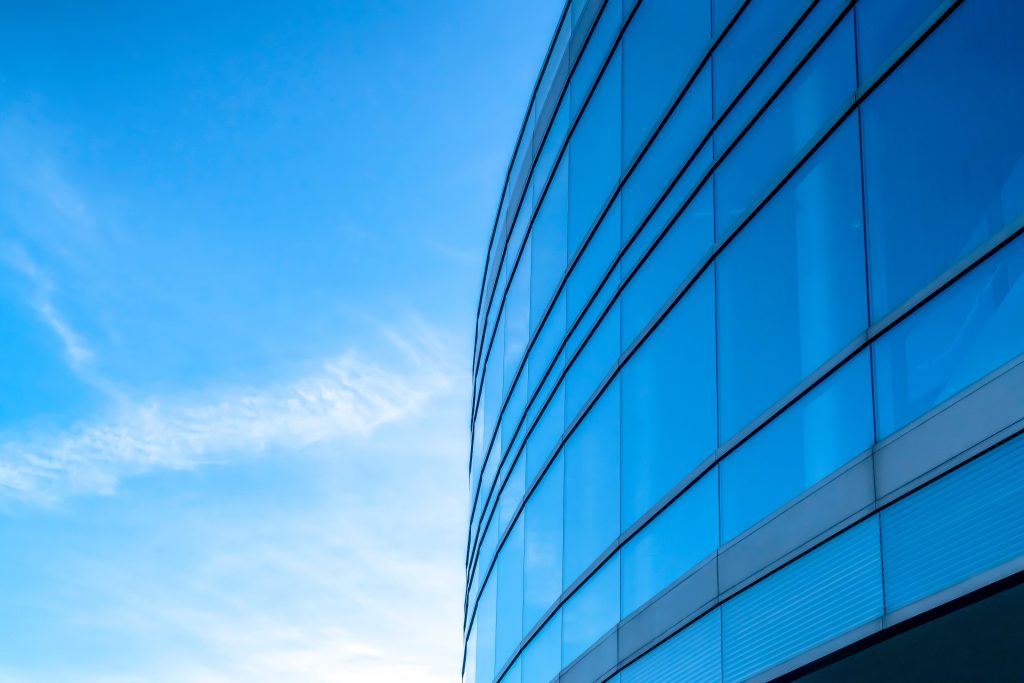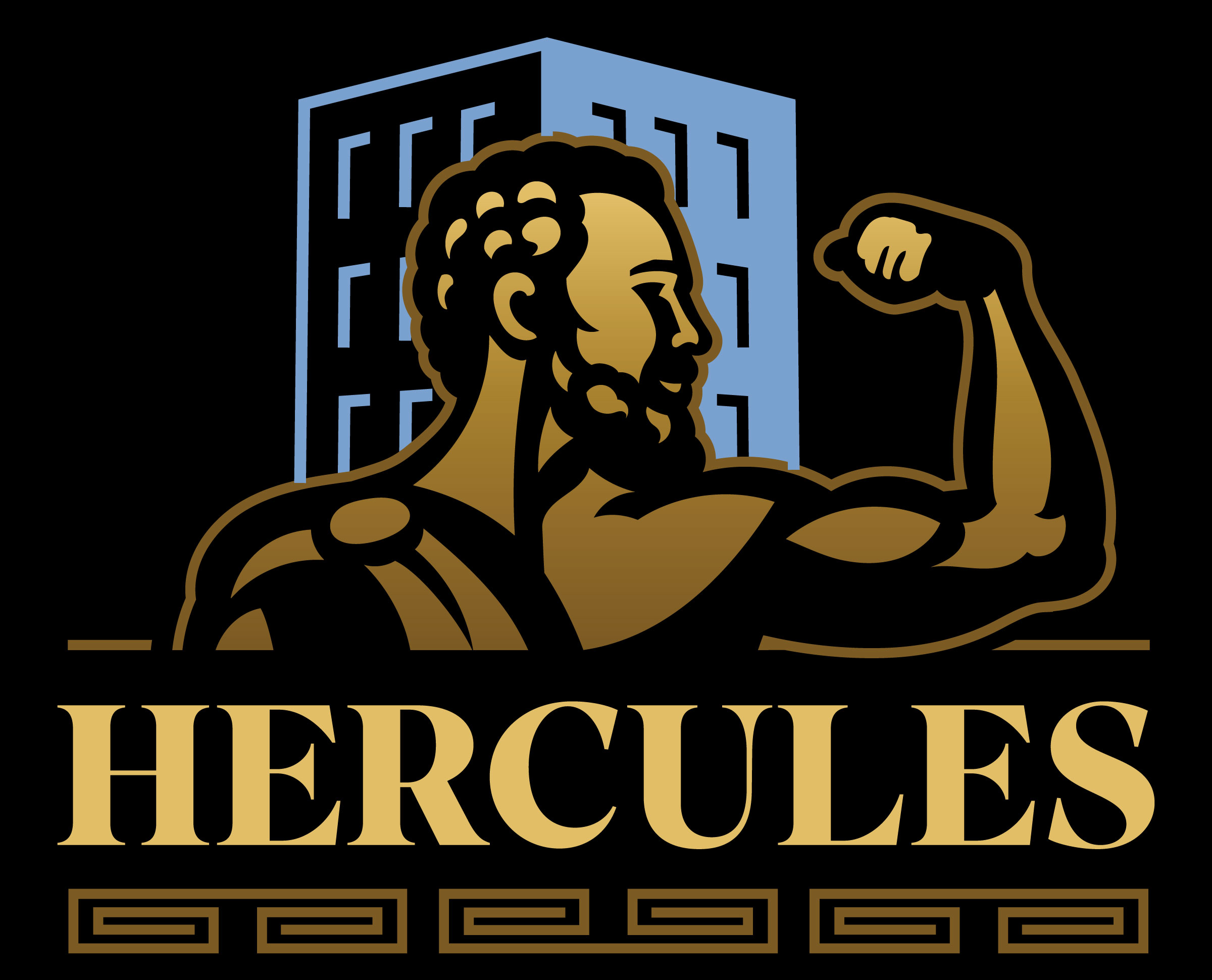Modern commercial architecture relies heavily on glass — not just for aesthetics, but for functionality, efficiency, and safety. From high-rise office towers to retail storefronts, tempered glass has become the standard choice for exterior glazing systems. Its durability, clarity, and safety features make it ideal for both design and performance in today’s commercial environments.
What Is Tempered Glass?
Tempered glass, also known as toughened glass, is a type of safety glass processed through extreme heating and rapid cooling. This process alters the internal structure of the glass, increasing its strength up to five times compared to standard annealed glass.
When broken, tempered glass shatters into small, blunt pieces instead of sharp, jagged shards — significantly reducing the risk of serious injury. This makes it a preferred material for commercial applications where public safety is a top priority.
How Tempered Glass Is Made
The tempering process begins with high-quality float glass that’s cut to size and edges smoothed. It’s then placed into a tempering furnace and heated to roughly 1,150°F (620°C). After reaching this temperature, the glass is quickly cooled using high-pressure air.
This rapid cooling causes the outer surfaces to harden first, putting the interior into tension and the exterior into compression — a combination that dramatically improves its resistance to impact, pressure, and heat.
Benefits of Tempered Glass in Commercial Construction
Tempered glass isn’t just stronger — it’s engineered to perform. Here are the key reasons it’s so widely used in commercial properties:
1. Safety and Code Compliance
Most commercial building codes require safety glass in locations where breakage could pose a risk to occupants, such as windows, doors, and curtain walls. Tempered glass meets or exceeds these standards, making it essential for compliance with regulations like the International Building Code (IBC).
2. Superior Strength and Durability
Tempered glass can withstand wind loads, thermal stress, and physical impact that would easily crack or shatter ordinary glass. In high-traffic commercial spaces — such as storefronts or lobbies — this added strength provides peace of mind and long-term cost savings.
3. Heat Resistance
Because it’s heat-treated, tempered glass tolerates temperature variations far better than regular glass. This is crucial for commercial buildings in climates with intense sun exposure or rapid temperature changes, helping prevent stress cracks or thermal breakage.
4. Design Flexibility
Architects and designers love tempered glass for its clean, modern look and versatility. It’s used for expansive glass walls, office partitions, display cases, balustrades, and even exterior façades. Its ability to blend transparency and strength allows for open, light-filled designs without compromising safety.
5. Energy Efficiency and Coatings
Tempered glass can be combined with Low-E (low emissivity) coatings, laminated layers, or tinted films to enhance insulation, UV protection, and solar control. This helps reduce energy costs — an important consideration for any commercial property aiming to improve sustainability and occupant comfort.
Common Applications in Commercial Buildings
Tempered glass is everywhere in modern commercial architecture, including:
- Curtain walls and façades — creating sleek, reflective exteriors that define corporate skylines.
- Storefronts and entry systems — offering security and visibility for retail businesses.
- Interior partitions — dividing office spaces while maintaining an open, collaborative feel.
- Balconies and railings — providing transparency and strength in elevated areas.
- Shower enclosures and conference rooms — combining aesthetics with privacy and safety.
The Difference Between Tempered and Laminated Glass
Although both are types of safety glass, they serve slightly different purposes. Tempered glass is stronger and shatters into small pieces upon impact, while laminated glass consists of multiple layers with a plastic interlayer that holds the glass together when broken.
For high-rise exteriors and areas requiring both strength and containment, many commercial buildings use tempered laminated glass, combining the benefits of both materials.
Final Thoughts
Tempered glass has revolutionized commercial building design — offering a perfect balance of strength, beauty, and safety. Its ability to withstand impact, heat, and environmental stress makes it indispensable for modern architecture.
Whether it’s a gleaming office tower in downtown Atlanta or a sleek retail storefront, tempered glass ensures that today’s commercial spaces are as durable and secure as they are visually stunning. When installed and maintained by professionals, it’s one of the most reliable and long-lasting materials in commercial construction.


Recent Comments